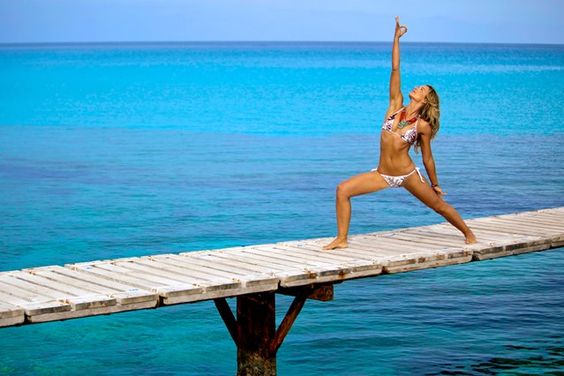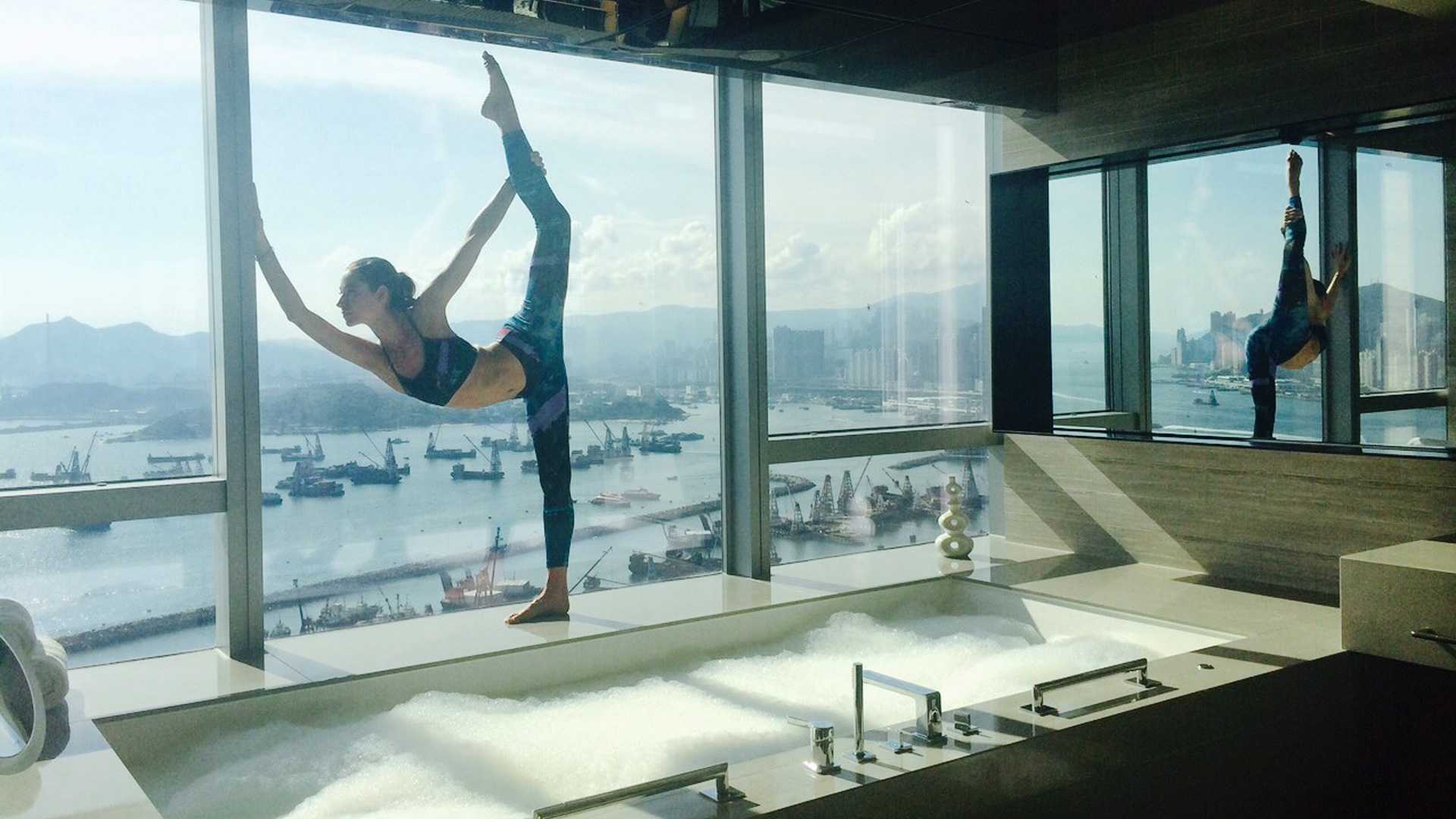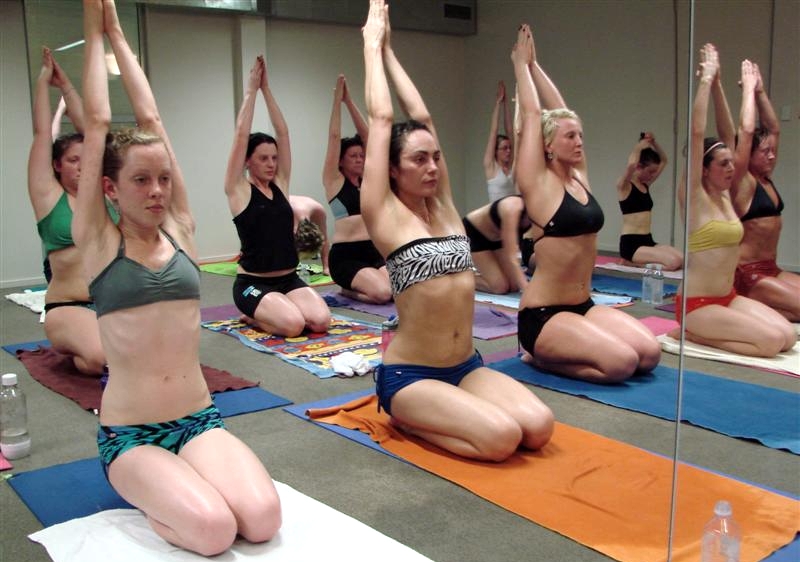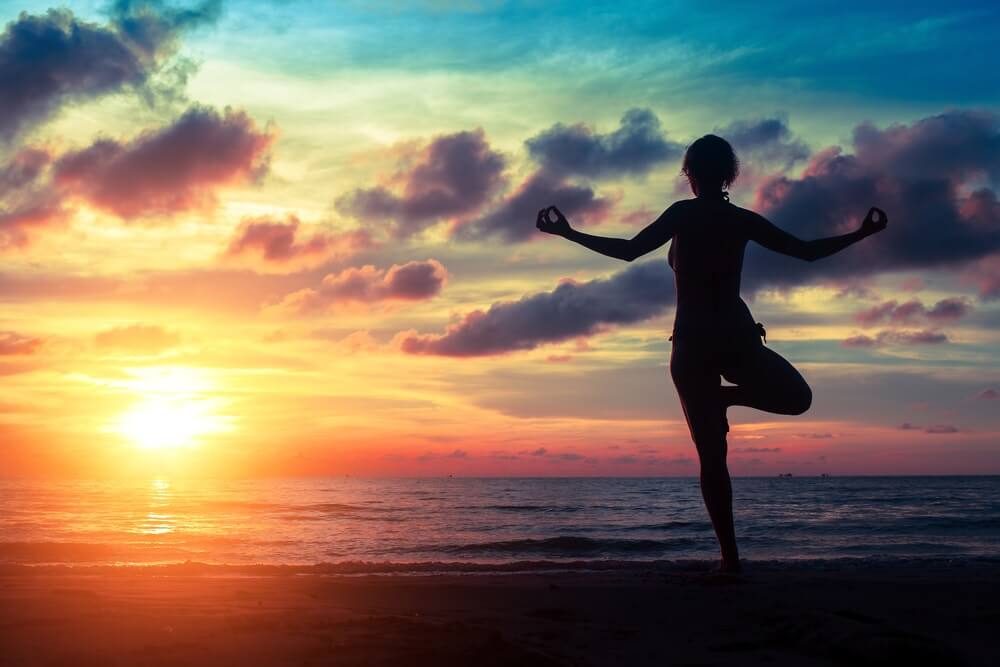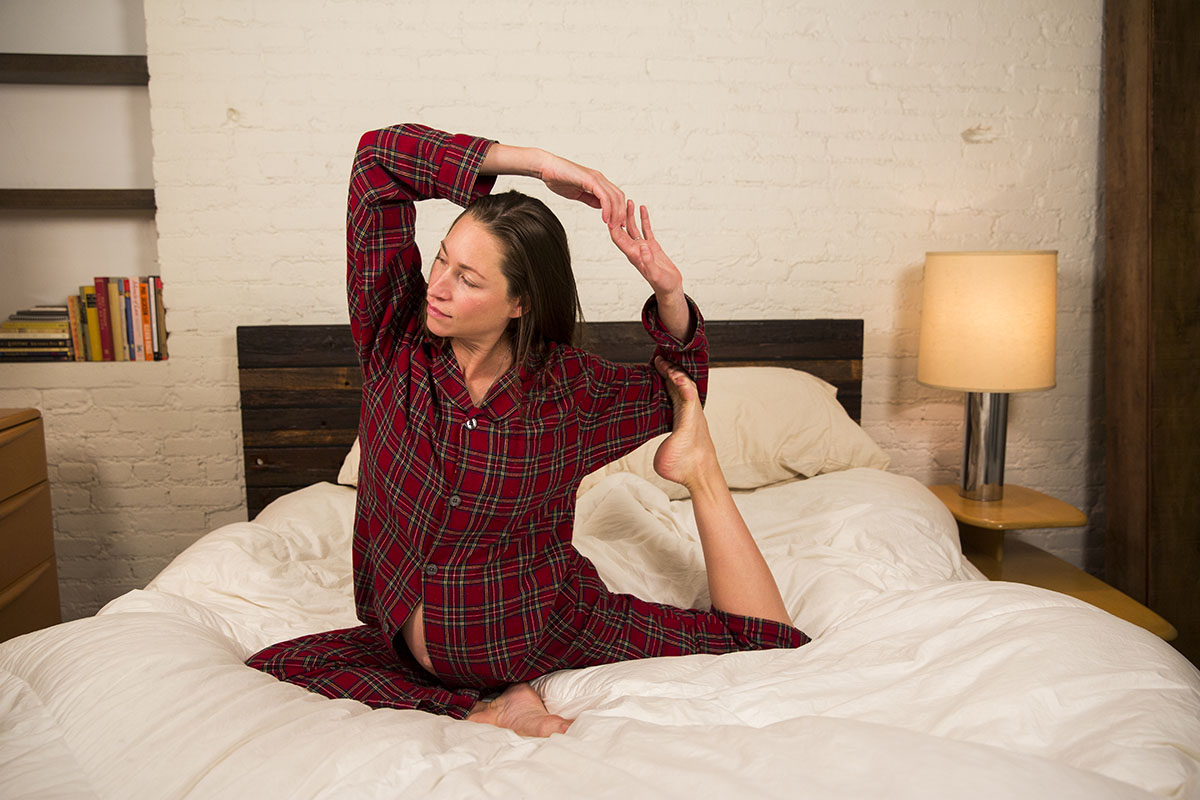
For some people, a good sleeping routine may be a bit challenging to accomplish.
Ideally, one’s sleeping cycle should promote both relaxation and sound sleep.
While there are several effective ways one can adapt to improve sleep and relaxation, not many are aware yogic practices, meditation, breathing techniques, and iyengar can help.
Yes, you read that right!
While unknown to many, yoga, including iyengar asanas and breathing techniques, offers numerous benefits, including the ability to significantly enhance sleep and relaxation.
If you want to use yogic asanas and meditation to sleep soundly and relax completely, we’ve listed down several poses you can do before you hit your bed.
Downward Facing Dog
The downward facing dog is one of the most common yogic asanas and should be used as a starting point for your bedtime yoga routine.
This yogic exercise helps eliminate tension by working out the back and leg muscles.
Start the yogic pose with your feet flat on the yoga mat.
Your hands should be in front of your feet.
Create a triangle with the rear as your point.
The downward facing dog, a yoga pose, can be modified by moving the hands and feet closer to make it a tighter and flexibility-building pose.
Side Angle Pose
Transition out of the downward facing dog pose by moving into the side angle pose.
Begin by rising up and doing a standing V shape.
Your core should be the point of your inverted V.
Ensure that your feet are spread flat out on your yoga mat.
Raise both arms and lean to one side, then lean to the other side after.
The aim of yoga poses is to be able to stretch the side muscles slowly without creating any tension.
Breath slowly and hold the pose through each side for at least 20 seconds.
Forward Bend
From the side angle pose, move to the forward bend pose.
Start by bringing the feet together and bending at the waist.
The goal is to be able to put the hands flat on the floor right in front of the feet.
While this may seem like a very challenging (if not impossible) move to do, it is actually achievable.
The trick would be to bend at the waist first before trying to touch the toes in order to prevent any injuries.
Lotus Pose
From the forward bend, move to the sitting position.
The ideal sitting position to do would be the lotus pose.
Begin by sitting with the leg crossed and the hands turned up for meditation.
The palms should be up and on the knees.
Close the eyes and perform slow and steady meditative breaths.
Corpse Pose
The final pose to complete your yoga bedtime routine is the corpse pose.
Start by lying flat on your back.
Your legs should be out and should be at least a shoulder width apart.
Ensure the soles of the feet is facing outward.
Make sure the arms should be at a 45-degree angle out to the sides, palms facing up.
Breathe slowly as you lay in the pose for several minutes.
As you consistently integrate the following yoga routine in your day-to-day life, you will find that you are able to relax and sleep better overtime.
For more yoga tips and other yoga essentials you might want to know about, please head to www.allure-yoga.com right away!

